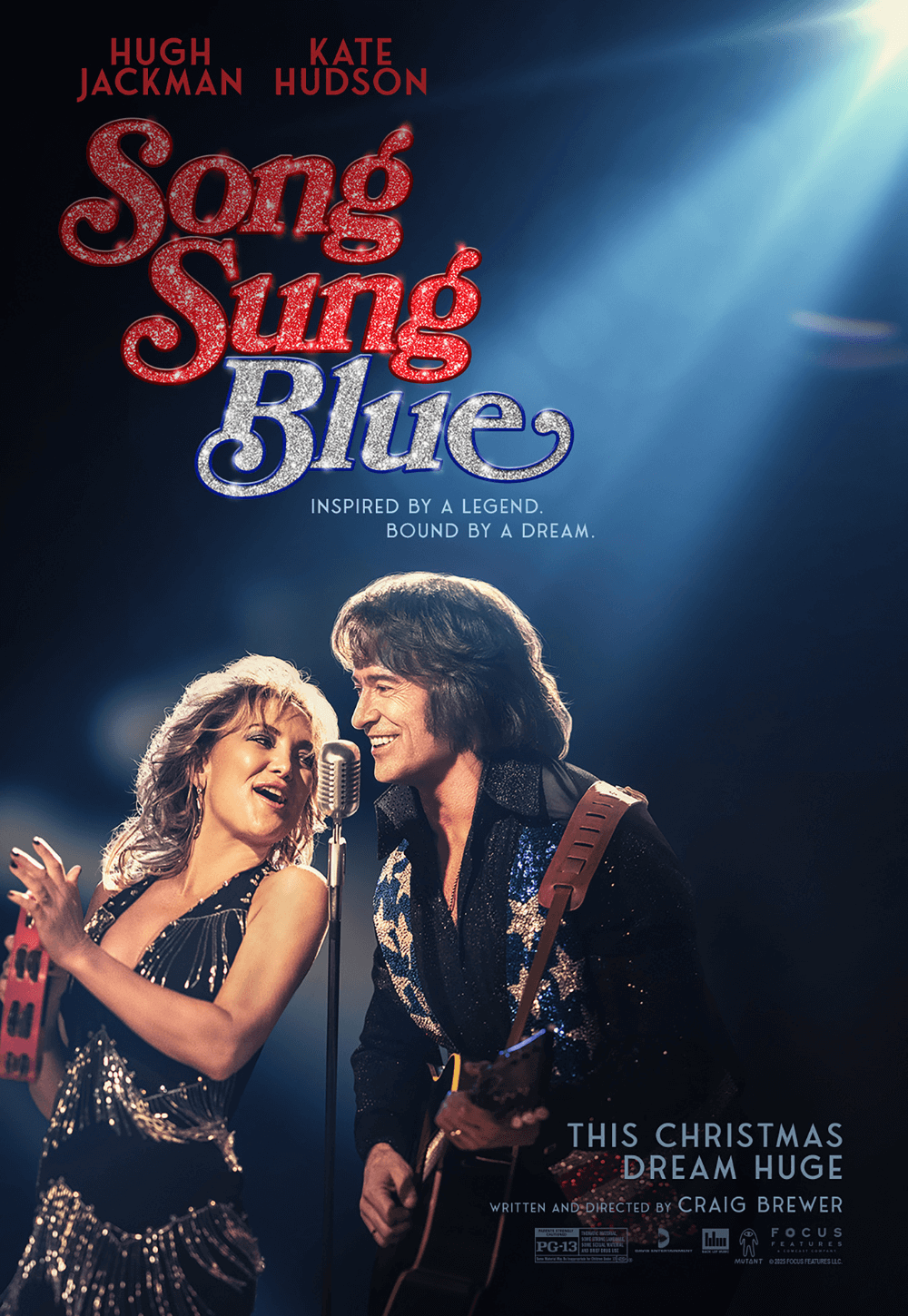
The Art of The Croods
By Brian Eggert | March 25, 2013
If opening weekend box-office numbers and the mostly favorable response from other critics are any indication, my own two-and-a-half star review of DreamWorks Animation’s The Croods is the minority opinion. As stated in the review, it’s a spectacular looking family adventure with eye-popping visual details, but the visuals aren’t supported by the run-of-the-mill story. Following the film itself, The Art of the Croods is an abundantly gorgeous book that doesn’t offer much by way of content. The word count alone might take an hour at most to read through. And just like the film, the mixed result is actually worth your time and effort, if only to savor the splendid visuals offered.
In fact, reading the book and looking through the 176 pages—each containing gloriously detailed concept paintings, character sketches, digital realizations, and CG models—one begins to appreciate the level of artistry needed to make a computer animated film in Hollywood today. Thus, I began to appreciate The Croods even more. Not only does the process from concept to animation intrigue, but the preliminary artwork itself simply wows. In his introduction, Nicolas Cage (who voices the Crood father, Grug) makes similar remarks, admitting how the artistry of DreamWorks Animation’s early pitch designs finally convinced him to join the production. Truly, there are some imaginative visualists employed by this animation house, and this book celebrates their efforts, more even than the creative input from co-directors/writers Kirk De Micco and Chris Sanders.
Author Noela Hueso, a former Senior Editor at The Hollywood Reporter, writes her first book and details some of the early ideas dreamt up by De Micco and Sanders. In her short assessment of the film’s initial development (although nothing about Aardman Animations involvement is mentioned), she notes how The Croods was not originally about a cutesy family who learns to explore the world outside of their overprotective paterfamilias’ mantra “never not be afraid”. The original concept was more unique, the characters more brutal and more caveman like, and the story centered on two bickering cavemen within a larger pack of Cro-Magnons. It’s aching to see these designs, because if DreamWorks had followed the initial ideas, the result may have been something uncharacteristic for this studio’s animation house. Something original. Alas, that was not the case. Instead, through a series of progressive concept sketches, we see how ragged, brutal, and wonderfully grotesque humanoid characters became the accessible, child-friendly, and wide-eyed characters within the movie. Seeing this progression in the book is fascinating.
Broken into three sections, the book’s first part details the characters themselves. The second (and best) showcases the fantastical creatures and landscapes featured as seismic shifts force the Crood family on their cross-country journey. We see over a hundred original animal species outlined, each of them an unlikely merging of contemporary creatures (like “Quail Frog” or “Lemur Bird”). We see designs of grand scale landscapes that effectively dwarf the human characters with their majestic scope. A couple of fold-out sections offer a panoramic view and really take us inside this world. Finally, in the last section, Hueso breaks down what’s involved in putting together a scene, exhibiting how a climactic sequence develops from concept to early images, from matte paintings to models, from computer layouts to the final product.
Almost every animated film has an “Art of the” book release, but few have made me want to reassess my opinion of the film itself as this one has. It’s the kind of filmic art book that makes you feel enveloped in its world, and almost immediately after setting it aside, you want to watch the movie again to appreciate it on another level. No matter how the film turned out, The Art of the Croods does exactly what it set out to do by showcasing the lushly animated world envisioned by DreamWorks’ artists and rendered in the film. In that respect, it’s a bittersweet experience, but one certainly worth having.
Thank you to Titan Books for sending a review copy of the book. Order it from Titan’s website.
Thank You for Supporting Independent Film Criticism
If the work on DFR has added something meaningful to your love of movies, please consider supporting it.
Here are a few ways to show your support: make a one-time donation, join DFR’s Patreon for access to exclusive writing, or show your support in other ways.
Your contribution helps keep this site running independently. However you choose to support the site, please know that it’s appreciated.
Thank you for reading, and for making this work possible.
Brian Eggert | Critic, Founder
Deep Focus Review




